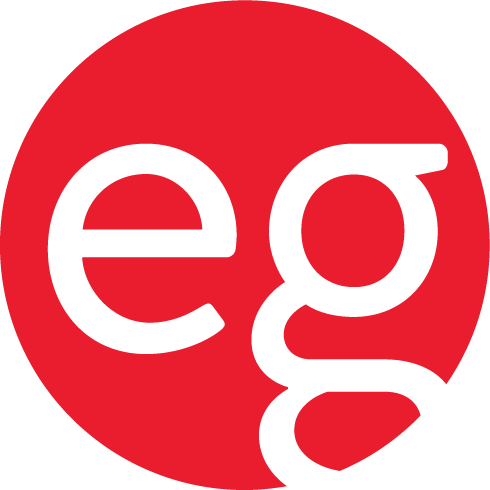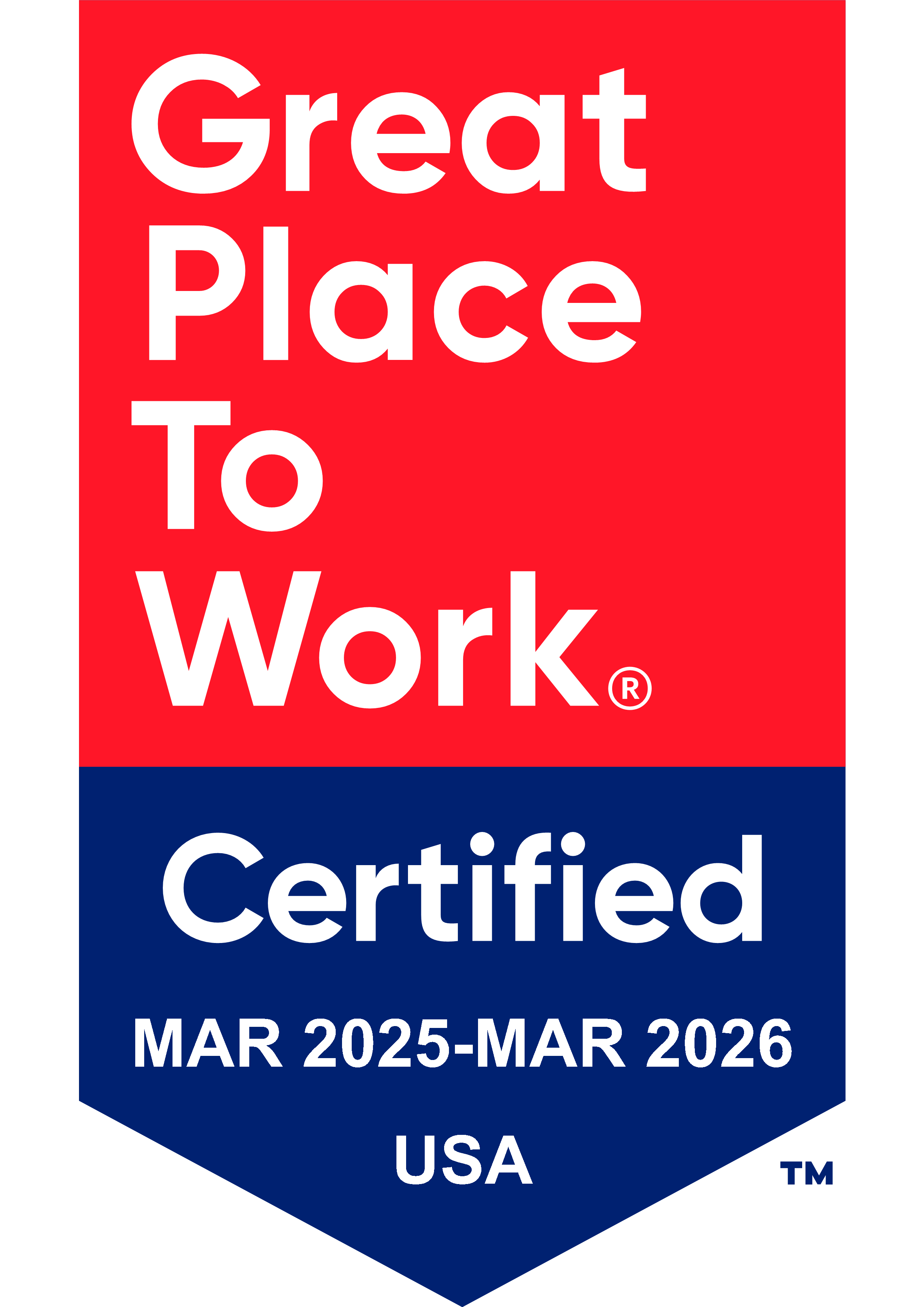Full employee engagement aligns job satisfaction and performace.
What is Employee Engagement?
Employee engagement is determined by an individual’s level of contribution and satisfaction in their role. Engaged employees are motivated and excited to use their skills to make a positive impact on the business.
Contribution and Satisfaction
Having engaged employees means increased productivity and higher job satisfaction. Here’s how engagement levels influence workers.
- Engaged: They contribute fully to the success of the organization and find great satisfaction in their work.
- Almost Engaged: These are high performers who are reasonably satisfied with their jobs. They can be inconsistent but are worth investing in.
- Honeymooners & Hamsters: Honeymooners are new and happy to be there. They have yet to find their stride. Prioritize helping these employees advance. Hamsters may be working hard but are working on non-essential tasks, contributing to little company success. Work with these employees so that other workers don’t have to compensate.
- Crash and Burners: These employees are top producers who aren’t achieving personal success and satisfaction and can potentially bring down colleagues.
- Disengaged: The employees feel disconnected from business priorities, underutilized and unsatisfied. Their exit could benefit all parties.
Who Do Employees Trust?
- Executives: Trust in executives can have more than 2x the impact on engagement levels than trust in immediate managers.
- Immediate Managers: However, employees are more likely to trust their immediate managers than the executives in the organization.
How to Improve Engagement
What employees are looking for to improve their performance.
- 20% of employees want more clarity
- 20% of employees want more resources
- 19% of employees want more feedback



